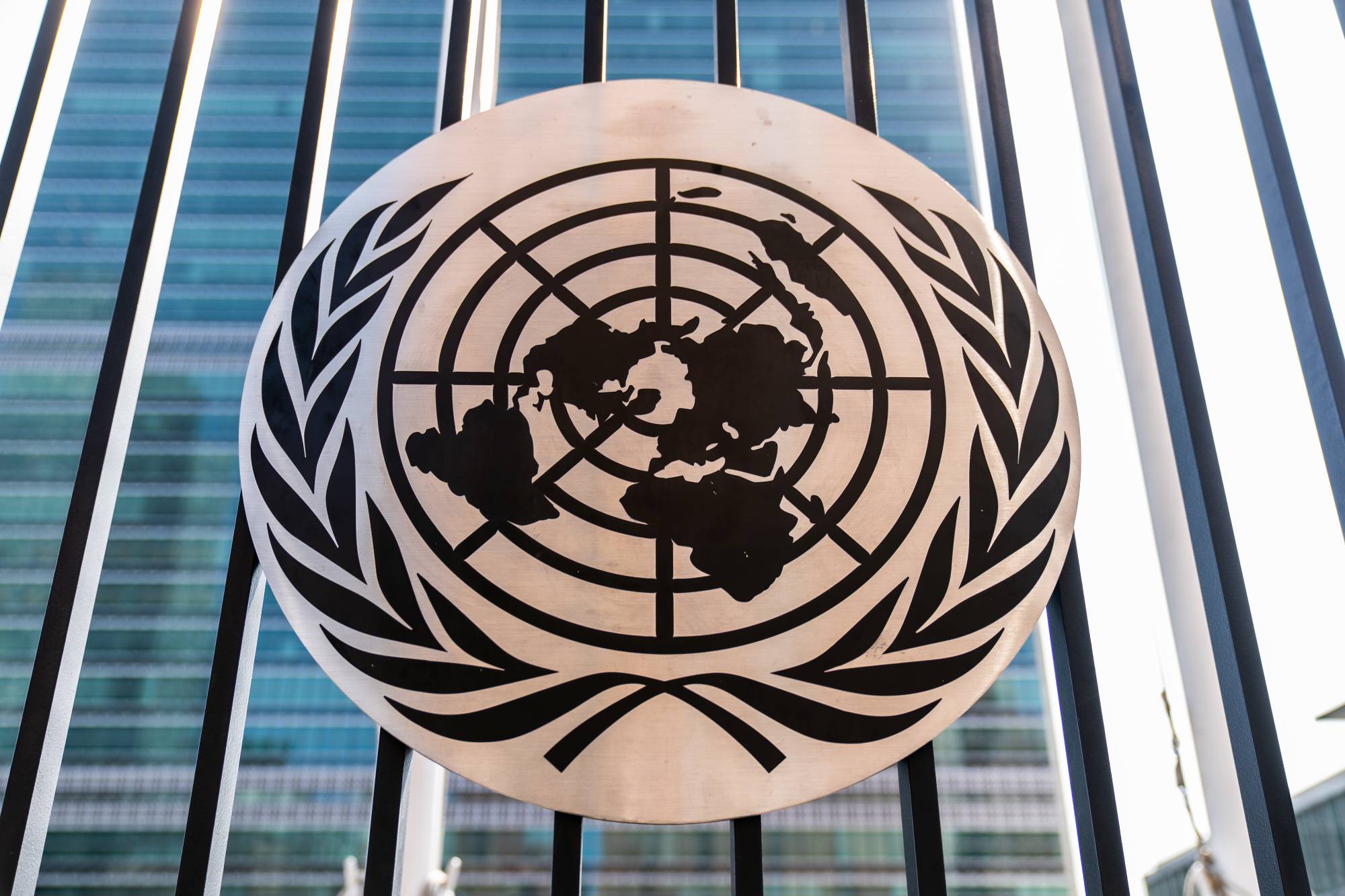WORLD REPORT

UN REPORT: DEVELOPING COUNTRIES’ DEBT SERVICE PAYMENTS RISE TO $921BN IN 2024
Developing countries saw their debt service payments surge to $921 billion in 2024—an increase of $74 billion from the previous year’s $847 billion—according to a new United Nations report.
Titled “Confronting the Debt Crisis: 11 Actions to Unlock Sustainable Financing,” the report was unveiled on Friday by UN Deputy Secretary-General Amina Mohammed, alongside international experts Mahmoud Mohieldin, Paolo Gentiloni, and Rebeca Grynspan, Secretary-General of the UN Conference on Trade and Development (UNCTAD).
The report highlights a “silent crisis” of escalating debt repayments, particularly in low-income nations, and outlines strategies to avert a looming threat to global development.
Reflecting on the challenges, Mohammed stated, “Borrowing is critical for development. But today, borrowing is not working for many developing countries. Over two-thirds of low-income countries are either in debt distress or at high risk.”
Grynspan further warned that the debt crisis is rapidly worsening.
According to the report, over 3.4 billion people now live in countries that spend more on debt interest than on health or education—an increase of 100 million from the previous year.
Gentiloni noted that the surge in debt service costs is largely due to a sharp rise in interest rates over the past decade, with costs doubling in that period.
The report, prepared by the UN Secretary-General’s Expert Group on Debt, reinforces the commitments laid out in the Compromiso de Sevilla, the outcome document of the upcoming Fourth International Conference on Financing for Development.
It proposes 11 concrete, actionable steps, focused on two key goals: providing substantial debt relief and preventing future debt crises.
According to Mohieldin, the recommendations span three levels:
Multilateral level: Reallocating and replenishing financial resources to boost liquidity, with a focus on supporting low-income nations.
International level: Creating a platform for borrowers and creditors to engage in direct dialogue.
National level: Strengthening institutions, enhancing policy coordination, managing interest rates, and improving risk mitigation strategies.
“These are 11 realistic proposals,” Grynspan emphasized. “All they require is the political will of key stakeholders to bring them to life.”
(NAN)
"This represents a significant development in our ongoing coverage of current events."— Editorial Board









